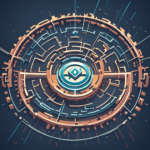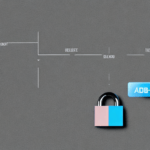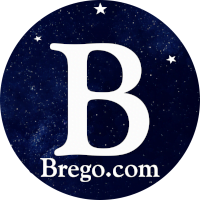Syndicated article, Staff Writer, Web3Network.com
The Evolution of Web3: A Comprehensive Overview
Welcome to the revolutionary era of Web3, where blockchain technology reshapes the way we interact with the internet. In this comprehensive overview, we delve into the key aspects of Web3, exploring its origins, core principles, and the transformative impact it holds for various industries.
The Genesis of Web3
Web3 is not just an upgrade; it’s a paradigm shift. Initially coined as a term to describe a semantic and decentralized internet, Web3 has...
Recent Posts
-

-

-

-

-

-

-
 The Evolution of Web3: A Comprehensive OverviewOct 5, 2023 | Web3 Basics
The Evolution of Web3: A Comprehensive OverviewOct 5, 2023 | Web3 Basics -
 Web3 HeadlinesAug 30, 2023 | Web3 Network News
Web3 HeadlinesAug 30, 2023 | Web3 Network News -

-
Web 3 Network Search ResultsApr 24, 2023 | Uncategorized
-






